Azure SQL Devs’ Corner
Voices from the Azure SQL PM Team, focusing on development and developers
Featured posts
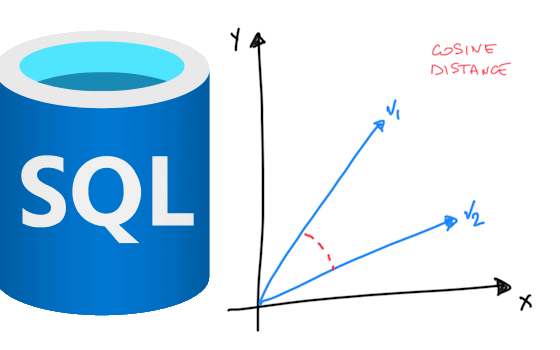
Announcing General Availability of Native Vector Type & Functions in Azure SQL
We are happy to announce that Native vector support in Azure SQL Database and Azure SQL Managed Instance is moving to General Availability this summer. Deploym...
Latest posts
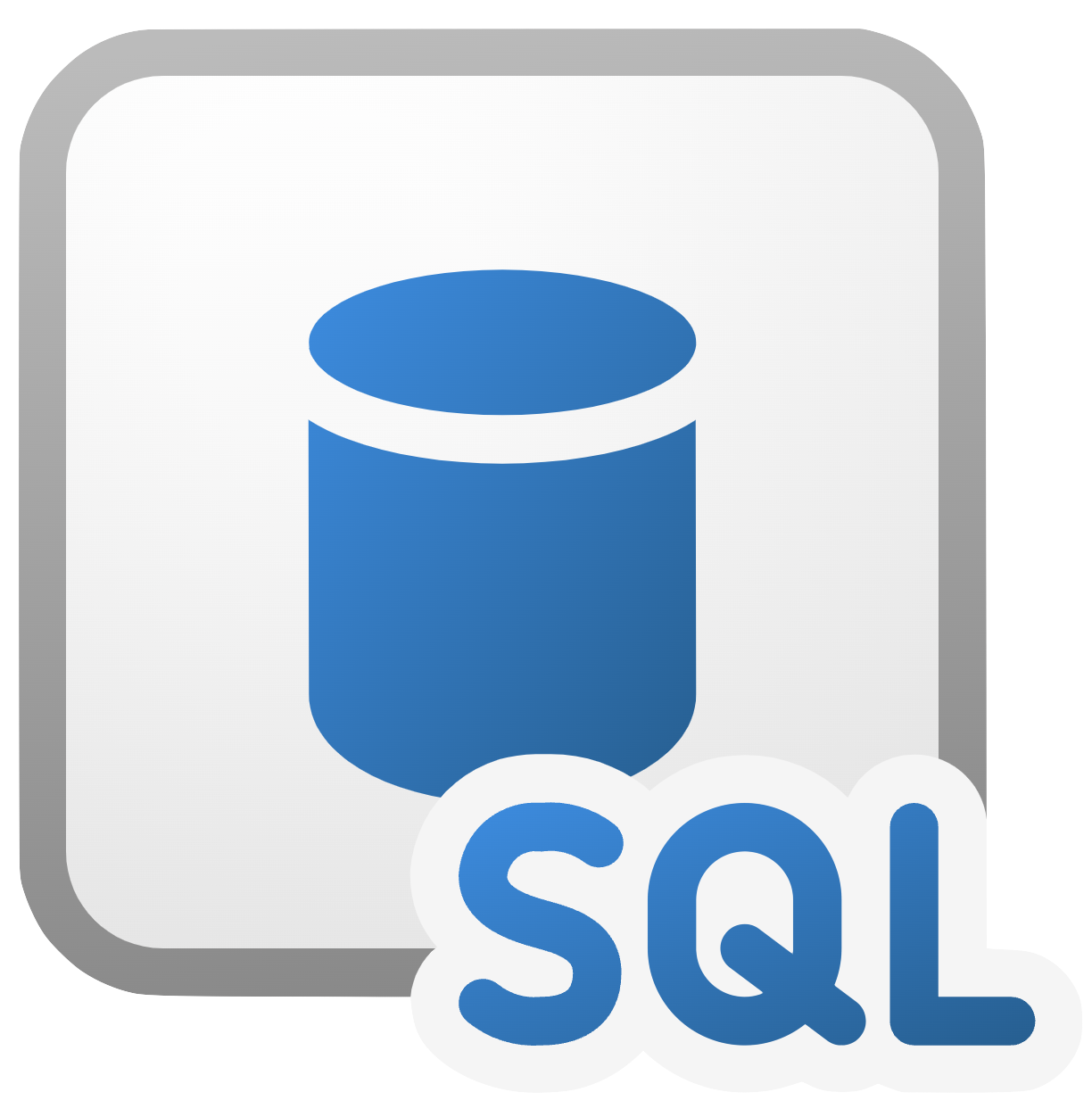
Building an AI App GraphQL Endpoint with SQL DB in Fabric
Welcome to an exciting, new workshop where we blend the power of AI with the versatility of GraphQL and SQL databases in Microsoft Fabric. This guide will walk you through creating a set of GraphQL RAG (Retrieval-Augmented Generation) application APIs, leveraging relational data and Azure OpenAI. What You’ll Learn You’ll dive into querying and managing data within SQL databases in Microsoft Fabric and mastering the art of building AI application endpoints. We’ll explore how to seamlessly integrate AI with relational data and enhance your queries with similarity searching. The Adventure Begins Here is the chap...

Database and AI: solutions for keeping embeddings updated
In the previous article of this series, it was discussed how embeddings can be quickly created from data already in Azure SQL. This is a useful starting point, but since data in a database changes frequently, a common question arises: “How can the vectors be kept updated whenever there is a change to the content from which they have been generated?” This article aims to address that question. Solutions to keep embeddings updated Several methods can be employed to ensure that embeddings are updated to reflect any modifications made to the content from which they are generated: This i...

External REST Endpoint Invocation in Azure SQL Managed Instance is now in Public Preview
External REST Endpoint Invocation is available in Azure SQL Managed Instance with the Always-up-to-date update policy configured. Call Azure Services such as functions, Azure OpenAI, event hubs, content safety and more! To enable this feature in Azure SQL Managed Instance, run the following code: To execute sp_configure to change a configuration option or to run the RECONFIGURE statement, a user must be granted the ALTER SETTINGS server-level permission. The ALTER SETTINGS permission is implicitly held by the sysadmin and serveradmin fixed server roles. Examples and sample code can be found here and a wo...
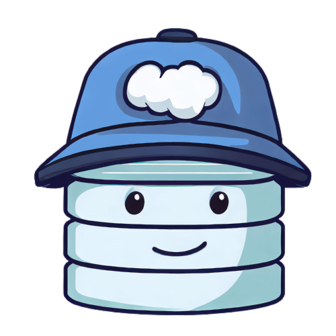
.NET Aspire and Data API builder with the Community Toolkit
Announcing .NET Aspire Integration with Data API builder (DAB) As engineers add components to their solution architecture, their development environments can become complex and difficult to replicate across teams and environments. Placing each service in a dedicated container simplifies the setup—but only if you're familiar with Docker. Enter .NET Aspire, a simple orchestration tool that replaces Docker’s complexity with the familiarity of C#. It’s supported in Visual Studio, Visual Studio Code, and Rider, offering built-in framework features, including SQL Server and Azure SQL Database support....

Azure Data Studio Retirement
We’re announcing the upcoming retirement of Azure Data Studio (ADS) on February 6, 2025, as we focus on delivering a modern, streamlined SQL development experience. ADS will remain supported until February 28, 2026, giving developers ample time to transition. This decision aligns with our commitment to simplifying SQL development by consolidating efforts on Visual Studio Code (VS Code) with the MSSQL extension, a powerful and versatile tool designed for modern developers. Why Retire Azure Data Studio? Azure Data Studio has been an essential tool for SQL developers, but evolving developer needs and the rise o...
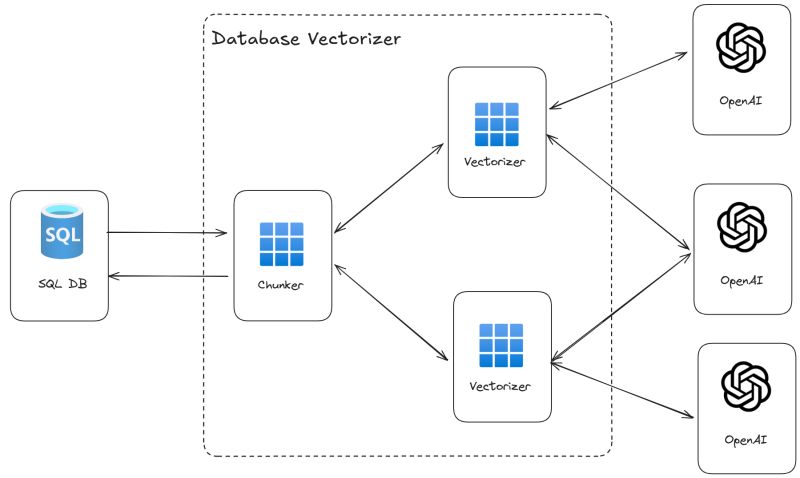
Storing, querying and keeping embeddings updated: options and best practices
Embeddings and vectors are becoming common terms not only for engineers involved in AI-related activities but also for those using databases. Some common points of discussion that frequently arise among users familiar with vectors and embeddings include: Let’s tackle each one of these questions one by one starting from the very first. In the next blog posts I’ll discuss about the other questions. Quickly vectorize existing data This is a straightforward question. While the answer is often "it depends," in this case, there is a clear and direct solution: to efficiently vectorize data, batchi...
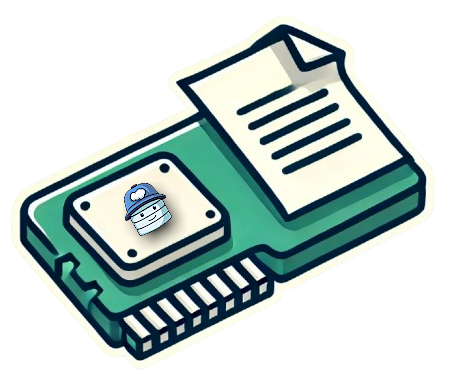
Stored Procedure Caching in Data API builder Now Supported
Announcing Procedure Cache Data API builder (DAB) has long supported Level 1 cache for tables and views. Level 1 is an in-memory cache that automatically stores frequent queries or slow-changing data in the API layer, bypassing several database queries. Today, Data API builder (DAB) also supports Level 1 cache for stored procedures. This is important. Minimizing long-running procedure calls can dramatically increase the number of concurrent calls your Data API can support. How does it get configured? The Data API builder (DAB) settings file configures cache at both the global level (under the runtime ...

Hot Reload in Data API builder Now Available
Announcing Hot Reload In a recent release, Data API builder (DAB) announced support for Hot Reload. This allows developers to modify the configuration file, save it and see the impact of those changes without restarting the engine. This tightens the loop, allowing developers to tune their implementation without waiting for needless tear down/set up operations. How is this useful? Getting your REST API just right is tricky. As you manipulate REST paths and settings, hit refresh in Swagger to see your changes and keep testing. Hot reload makes REST configuration faster and easier. Getting your GraphQL s...
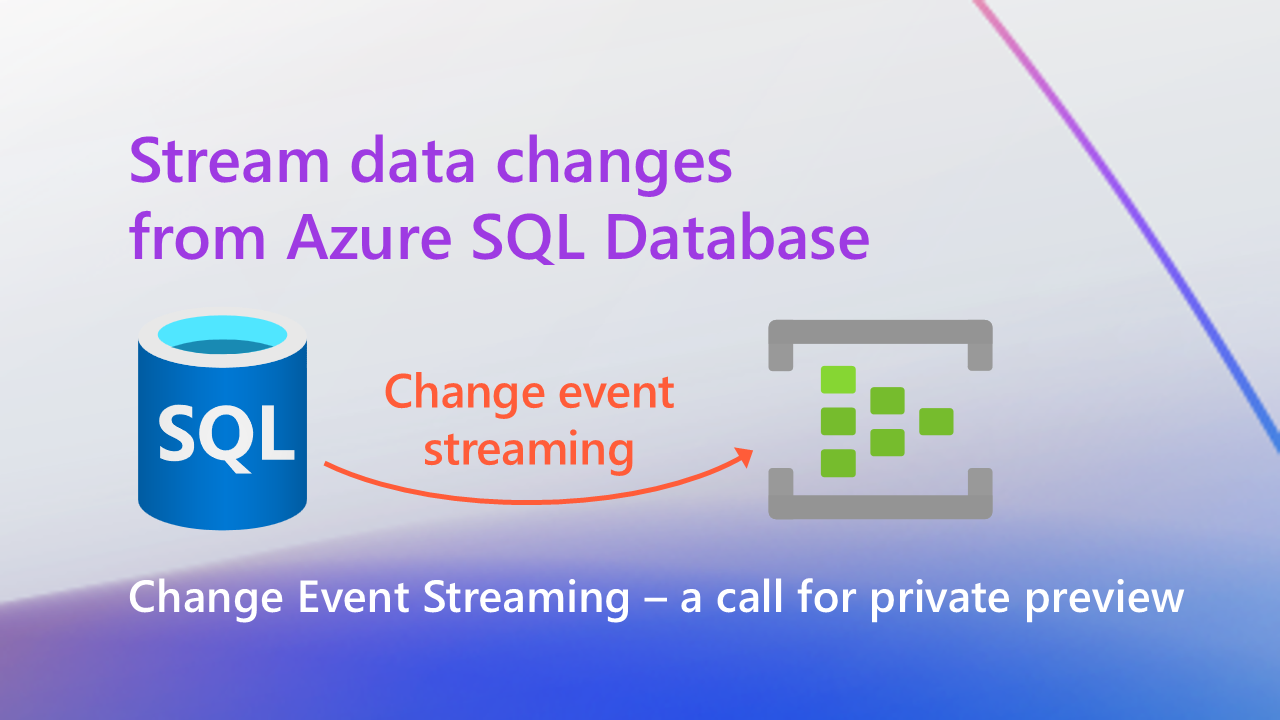
Introducing Change Event Streaming: Join the Azure SQL Database Private Preview for Change Data Streaming
In a world where digital transformation is accelerating, the ability to integrate and process real-time data from diverse sources is crucial for success. Organizations today depend on timely insights to enhance decision-making, improve operations, and foster innovation. To meet this need, we’re thrilled to announce the private preview of Change Event Streaming (CES), a new functionality that lets you stream data changes directly from your Azure SQL Database into Azure Event Hubs. Starting now, you can apply to join this preview program. Participants will have the chance to test CES on Azure SQL Database and Az...
